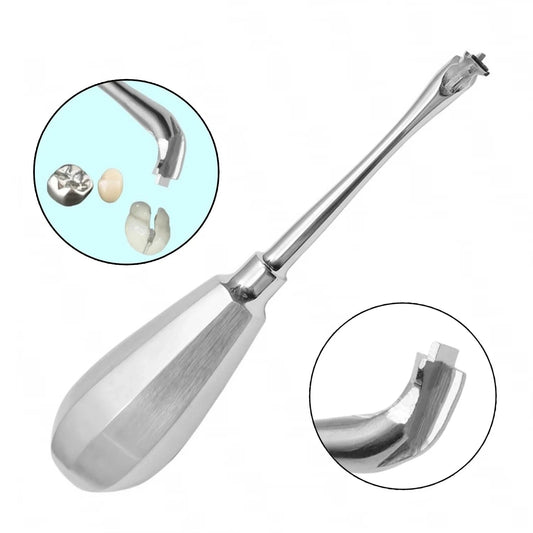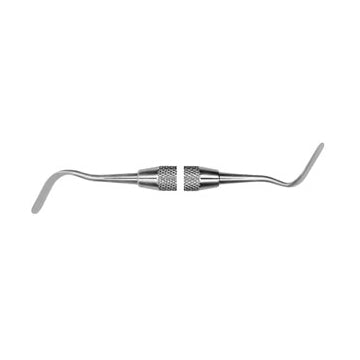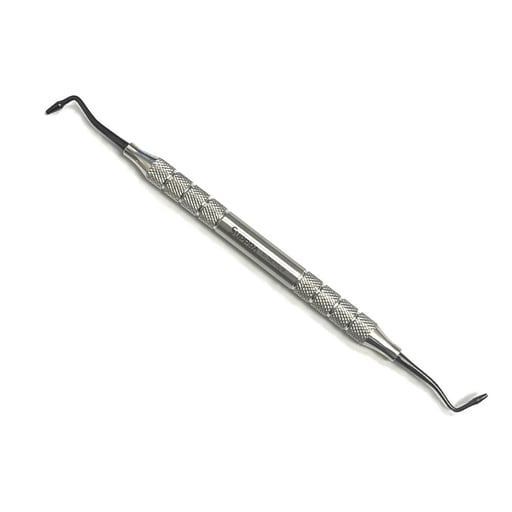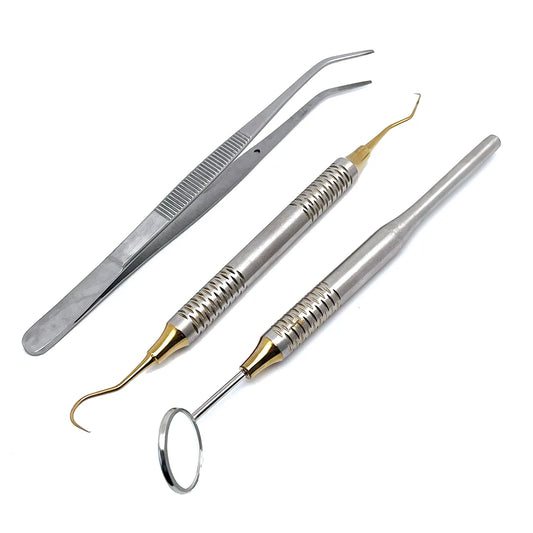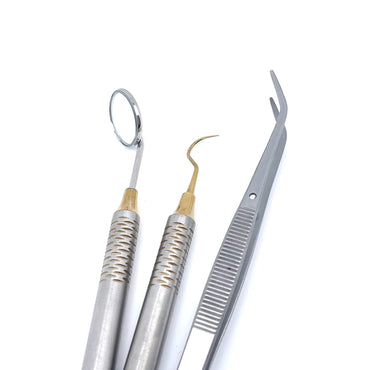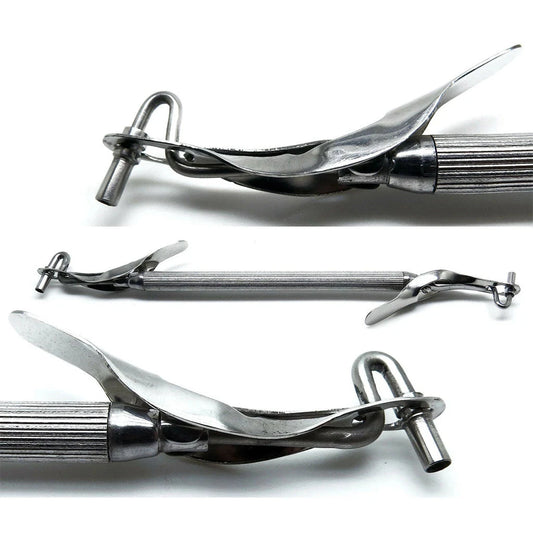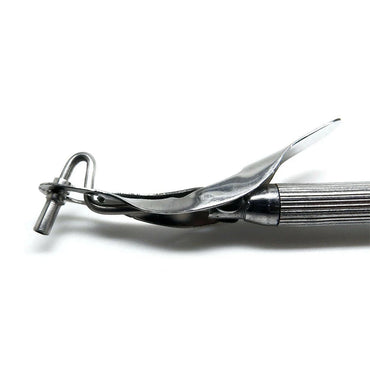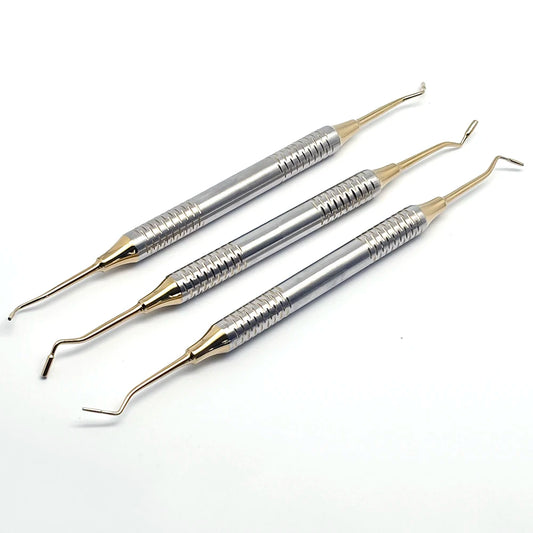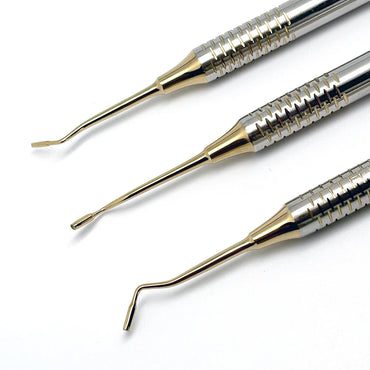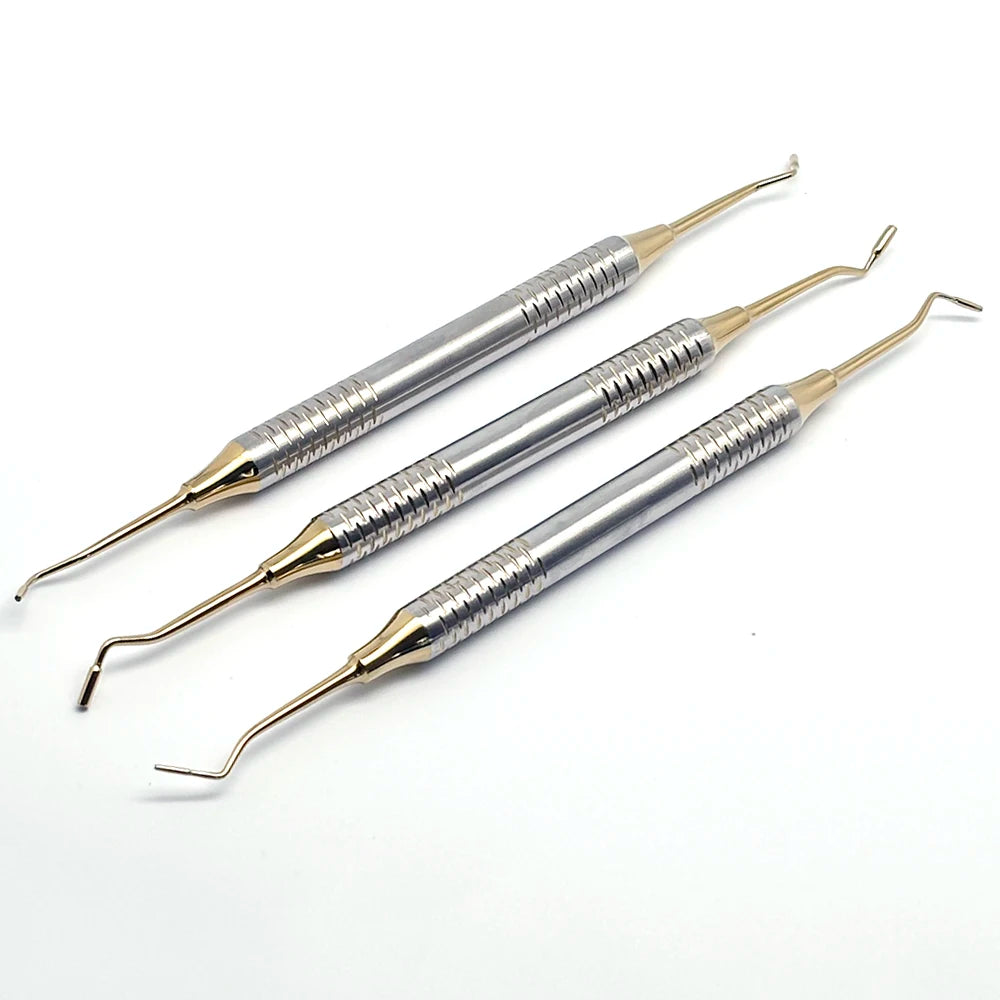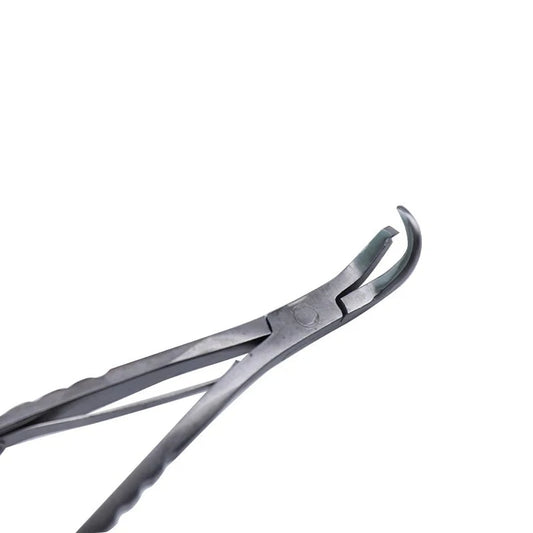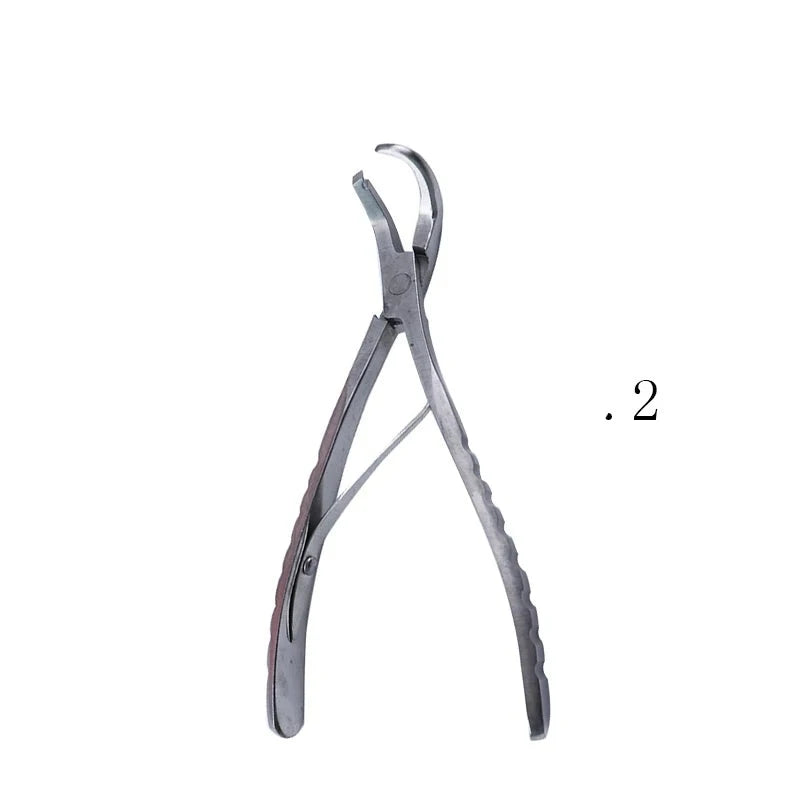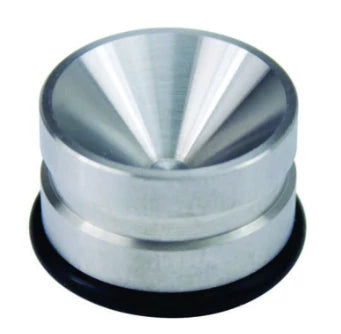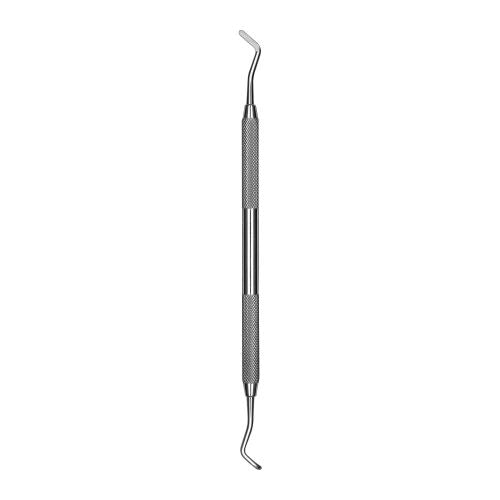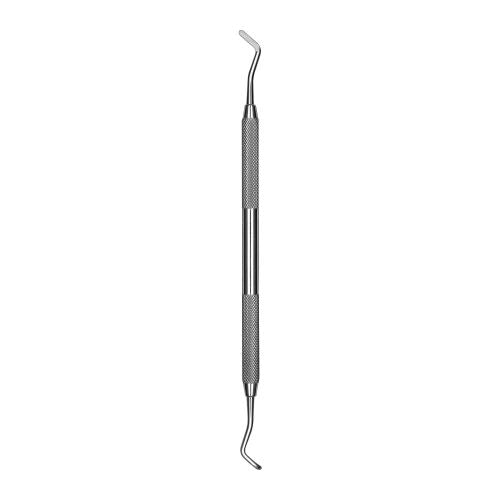Composite filling restorations have become a staple in modern dentistry, offering patients a durable and aesthetically pleasing solution for repairing cavities and restoring damaged teeth. As technology and materials continue to advance, new trends are emerging in the field of composite fillings. In this blog post, we will explore some of the latest trends in composite filling restorations shaping the landscape of the dental composite world.
Nanotechnology in Composite Materials: One of the most exciting developments in composite filling restorations is the integration of nanotechnology. Nanocomposites, which involve the use of nano-sized particles in the composite resin, offer enhanced strength, wear resistance, and improved aesthetics. This cutting-edge technology allows for better adaptation to tooth structure and increased longevity of the restoration.
Biomimetic Dentistry: Biomimetic dentistry aims to mimic the natural structure and function of teeth in dental restorations. In the context of composite fillings, biomimicry involves the use of materials that closely resemble the natural properties of tooth enamel. This trend not only improves the overall appearance of the restoration but also enhances the bond between the filling and the tooth, resulting in increased durability.
Digital Shade Matching: Traditional methods of shade matching for composite fillings often relied on the subjective judgment of dentists. However, the advent of digital technology has revolutionized this process. Digital shade matching tools and software enable more accurate color matching, ensuring that composite fillings seamlessly blend with the surrounding teeth. This not only enhances the aesthetic outcome but also improves patient satisfaction.
Bulk Fill Techniques: Bulk fill composite materials have gained popularity for their ability to simplify and expedite the filling process. These materials allow dentists to place larger increments of composite resin in a single layer, reducing the overall chairside time required for the restoration. Bulk fill techniques are particularly advantageous in posterior teeth where the placement of multiple layers can be challenging.
Smart Materials and Bioactive Composites: Researchers are exploring the integration of smart materials and bioactive compounds into composite fillings. These innovative materials have the potential to release ions that promote remineralization, strengthening the tooth structure over time. Additionally, smart materials may respond to external stimuli, providing dynamic responses to changes in the oral environment.
The field of composite filling restorations is evolving rapidly, with new technologies and materials continually improving the quality, longevity, and aesthetics of dental restorations. Dentists and patients alike can benefit from staying informed about these emerging trends, ensuring access to the latest and most advanced options for preserving and enhancing dental health. As the industry continues to embrace innovation, the future of composite fillings appears promising, with a focus on biomimicry, nanotechnology, and digital advancements.






